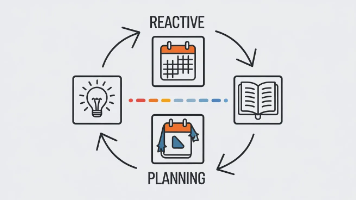fetch请求(请求后端数据的一种方法)
fetch方法,使用fetch方法请求数据,常用的请求数据的方法
·
前端fetch方法是用于发送请求的方法。可以很方便的获取到后端数据。
一、发起get请求
fetch(url)
//默认返回response,response下有一个json方法可供使用
.then(response => response.json())
.then(data => {
// 处理返回的数据
})
.catch(error => {
// 处理请求错误
});二、发起post请求
const data = { /* 请求体数据 */ };
fetch(url, {
method: 'POST',
headers: {
'Content-Type': 'application/json' // 根据实际情况设置请求头
},
body: JSON.stringify(data)
})
.then(response => response.json())
.then(data => {
// 处理返回的数据
})
.catch(error => {
// 处理请求错误
});三、处理请求头
const headers = new Headers();
headers.append('Authorization', 'Bearer token');
fetch(url, {
headers: headers
})
.then(response => response.json())
.then(data => {
// 处理返回的数据
})
.catch(error => {
// 处理请求错误
});四、处理响应状态。(可以根据响应的状态码来处理不同的情况)
fetch(url)
.then(response => {
if (response.ok) {
// 请求成功
return response.json();
} else {
// 请求失败
throw new Error('Request failed with status ' + response.status);
}
})
.then(data => {
// 处理返回的数据
})
.catch(error => {
// 处理请求错误
});五、处理跨域
fetch(url, {
mode: 'cors',
credentials: 'include' // 发送和接收包含凭据的请求,比如cookie
})
.then(response => response.json())
.then(data => {
// 处理返回的数据
})
.catch(error => {
// 处理请求错误
});六、取消请求:
使用AbortController和AbortSignal可以取消fetch请求。
const controller = new AbortController();
const signal = controller.signal;
fetch(url, { signal })
.then(response => response.json())
.then(data => {
// 处理返回的数据
})
.catch(error => {
if (error.name === 'AbortError') {
// 请求被取消
} else {
// 处理其他请求错误
}
});
// 取消请求
controller.abort();实际开发过程中,建议使用async/await或axios简化请求代码
更多推荐
 已为社区贡献1条内容
已为社区贡献1条内容










所有评论(0)